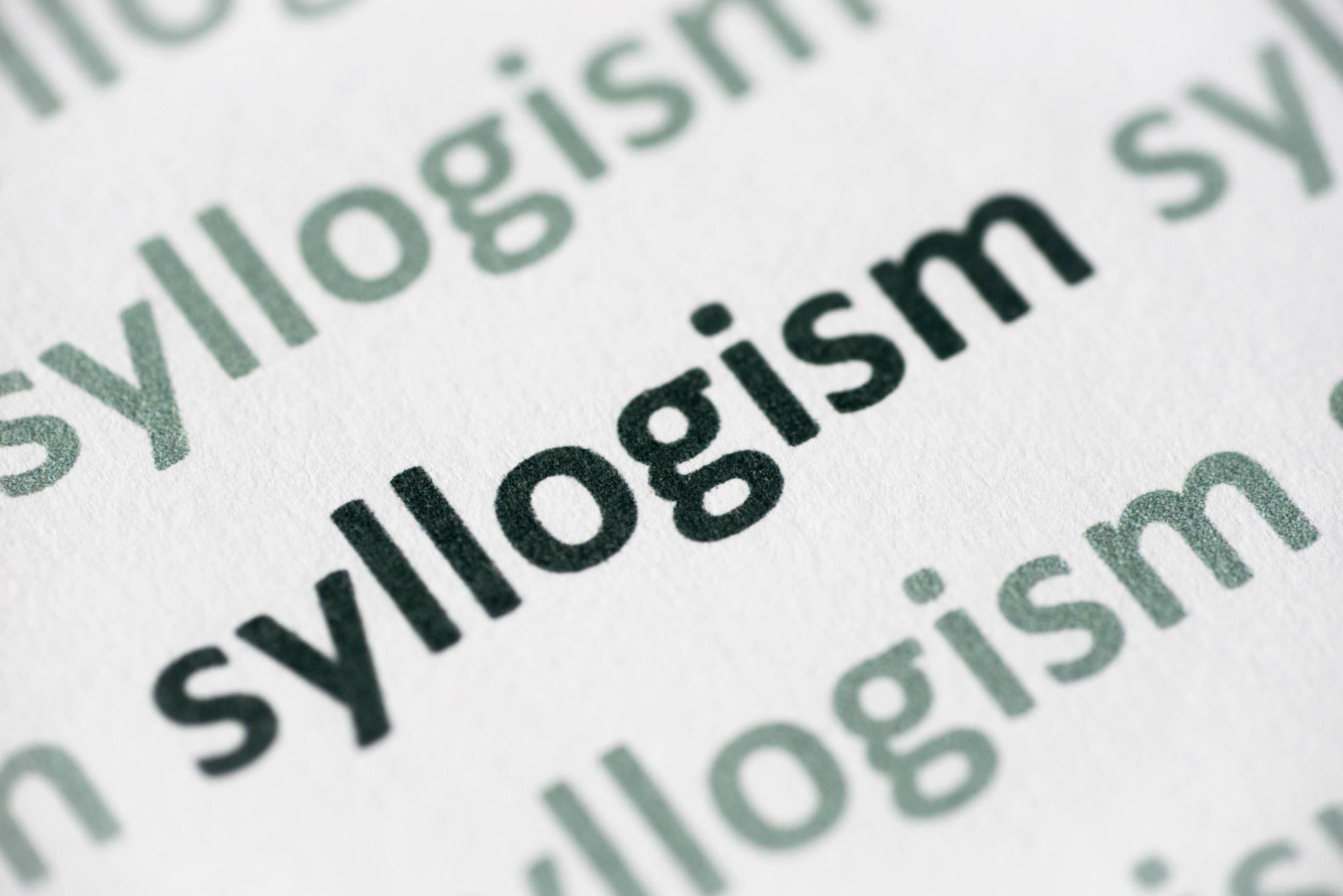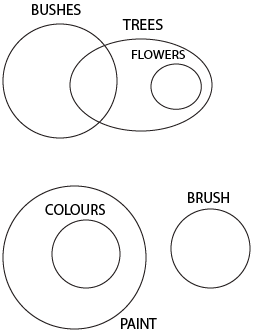Cheatsheet: Syllogisms | General Aptitude for GATE - Mechanical Engineering PDF Download
| Table of contents |

|
| Theory |

|
| Tips |

|
| Types of Syllogism |

|
| How to Solve |

|
| Solved Example |

|
Theory
The word ‘Syllogism’ is also referred to as ‘Logic’. Syllogism is an important section of logical reasoning and requires candidates to have a working knowledge of its rules. It can be defined as the ‘Science of thought as expressed in language’.
Syllogism questions can be solved using Venn diagrams and specific rules developed through analytical ability. This characteristic makes the test an effective tool to teach candidates how to follow rules and work systematically without error. The ability to understand the basic concepts and rules of syllogism is crucial for solving reasoning problems.

Tips
Venn Diagrams: Drawing Venn diagrams can simplify syllogism problems. While not mandatory, they can make solving syllogisms much easier by providing a visual representation.
Follow the Rules: Understand the basic concepts and rules of syllogism, such as the types of premises (affirmative, negative, particular, universal), and apply them correctly in reasoning.
Use Analytical Ability: Use your analytical ability to apply logical rules and deduce the correct conclusions from the given premises.

Types of Syllogism
1. Categorical Syllogism
A categorical syllogism consists of three statements: two premises and one conclusion. Each statement is a categorical statement, which asserts or denies that a particular subject belongs to a particular class.
Example:
Premise 1: All men are mortal.
Premise 2: Socrates is a man.
Conclusion: Therefore, Socrates is mortal.
2. Conditional Syllogism
A conditional syllogism involves a conditional statement (if-then) as one of the premises. These syllogisms are often called "hypothetical syllogisms."
Example:
Premise 1: If it rains, then the ground will be wet.
Premise 2: It rains.
Conclusion: Therefore, the ground will be wet.
3. Disjunctive Syllogism
A disjunctive syllogism involves a premise with two alternatives, one of which must be true. The second premise denies one of the alternatives, leading to the conclusion.
Example:
Premise 1: Either I will go to the park or stay at home.
Premise 2: I am not staying at home.
Conclusion: Therefore, I will go to the park.
How to Solve
You can practice solving syllogism problems using the following approach:1. Identify the premises: Look at the statements carefully. Identify whether they are positive, negative, universal, or particular statements.
2. Draw Venn diagrams: Sketch the relationships between the elements of the statements using circles. This will help visually organize the relationships and make it easier to conclude.
3. Apply the rules: Use the basic rules of syllogism to analyze the Venn diagram and deduce the conclusion. The common rules include:
If both premises are affirmative, the conclusion should also be affirmative.
If one premise is negative, the conclusion must also be negative.
The middle term should be present in both premises and should not appear in the conclusion.
4. Check the conclusion: Ensure that the conclusion follows logically from the premises.
Solved Example
Statements:
All crops are fields.
No yield is a field.
All fields are harvests
Conclusions:
I. All harvests being yield is a possibility
II. All harvests are fields
Some tigers are goats.
No goat is rat.
All dogs are rats.
Conclusions:
I. No tiger is rat.
II. No dog is goat.
III. Some dogs are tigers
IV. Some rats are tigers.
Statements:
Some buildings are sofas.
Some sofas are benches.
Some benches are tables.
Conclusions:
I. Some tables are sofas.
II. No table is sofa.
Statements:
Some paints are brushes.
All brushes are varnishes.
All colours are varnishes.
No varnish is a canvas.
Conclusions:
I. No canvas is a brush
II. Some paints are varnishes
Statements:
All sticks are plants.
All plants are insects.
All insects are frog.
Conclusions:
I. All frogs are sticks
II. All plants are frog
|
193 videos|169 docs|152 tests
|
FAQs on Cheatsheet: Syllogisms - General Aptitude for GATE - Mechanical Engineering
| 1. What is a syllogism? |  |
| 2. How do you identify valid syllogisms? |  |
| 3. What are the common types of syllogisms? |  |
| 4. Can you provide an example of a syllogism? |  |
| 5. Why are syllogisms important in logical reasoning? |  |















